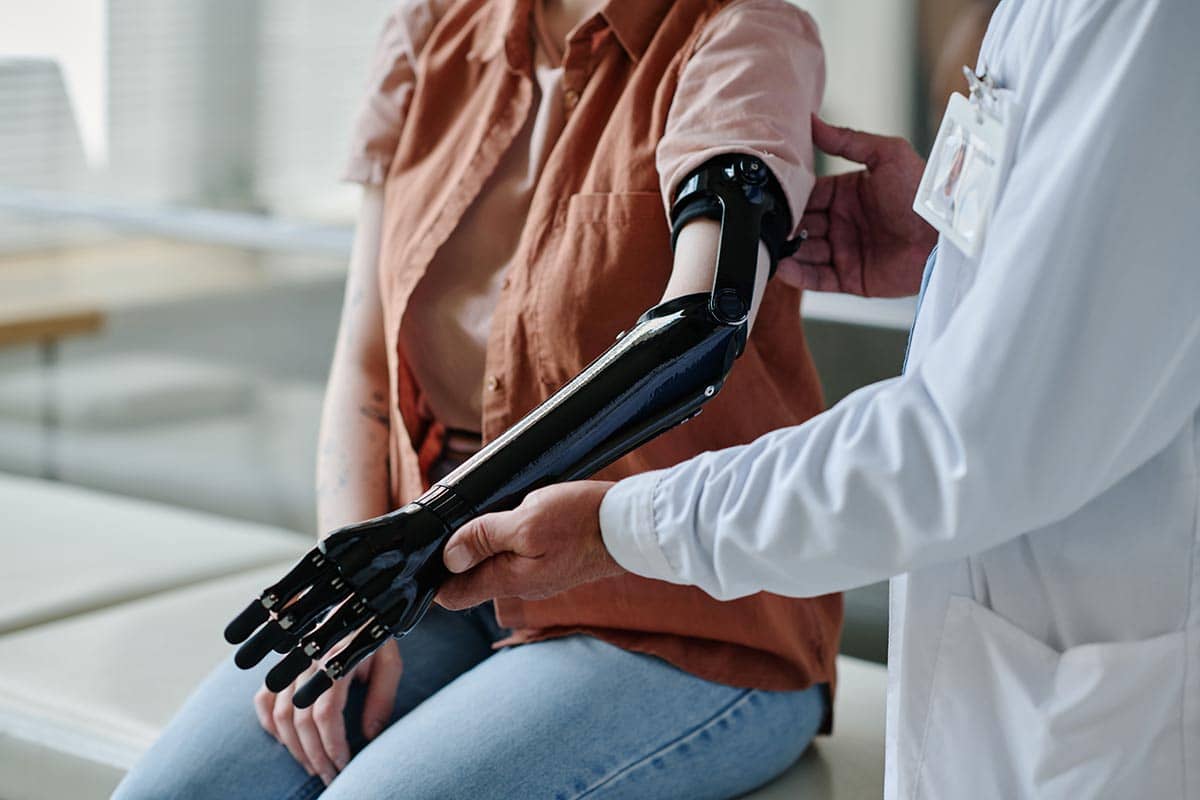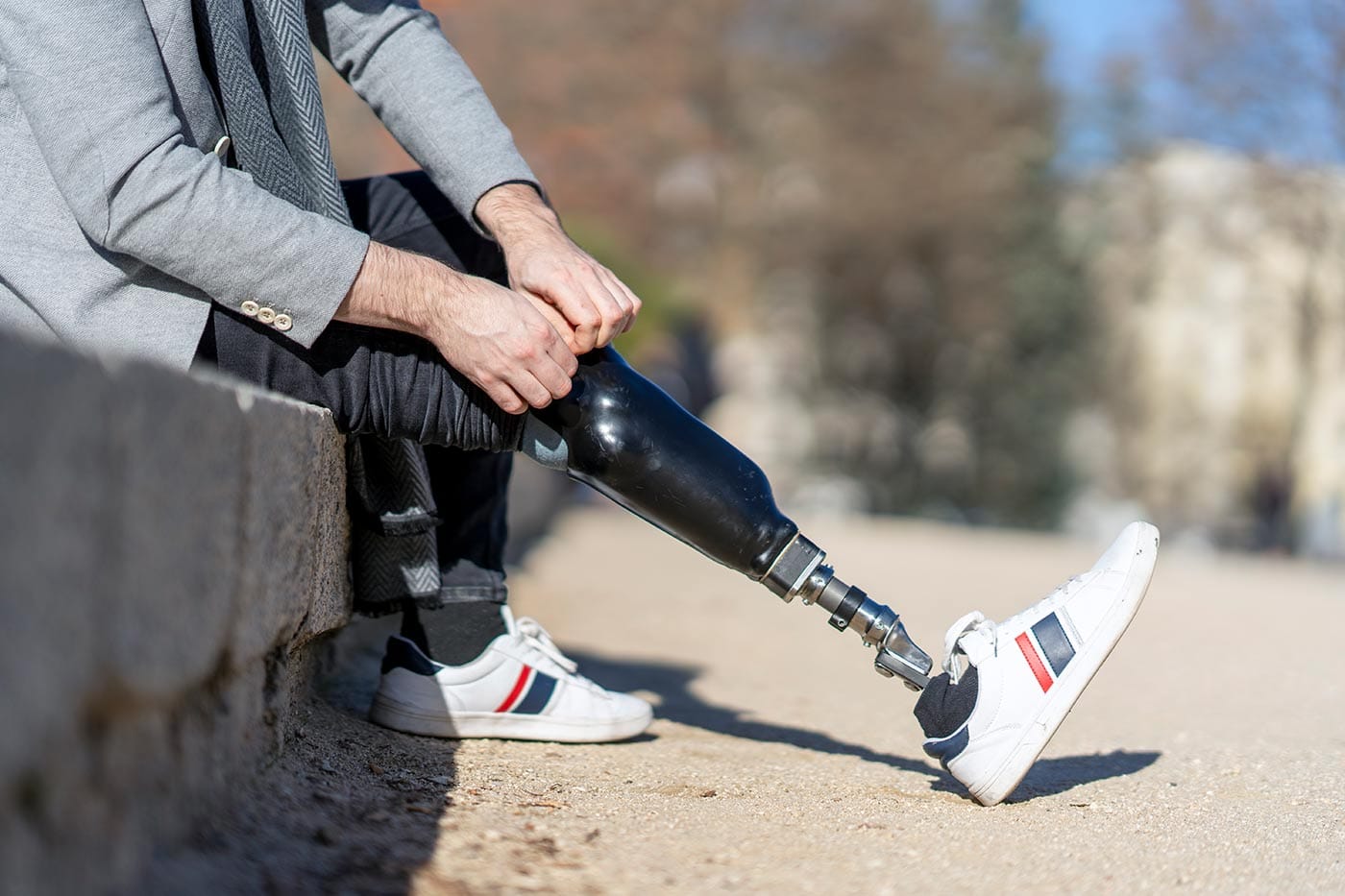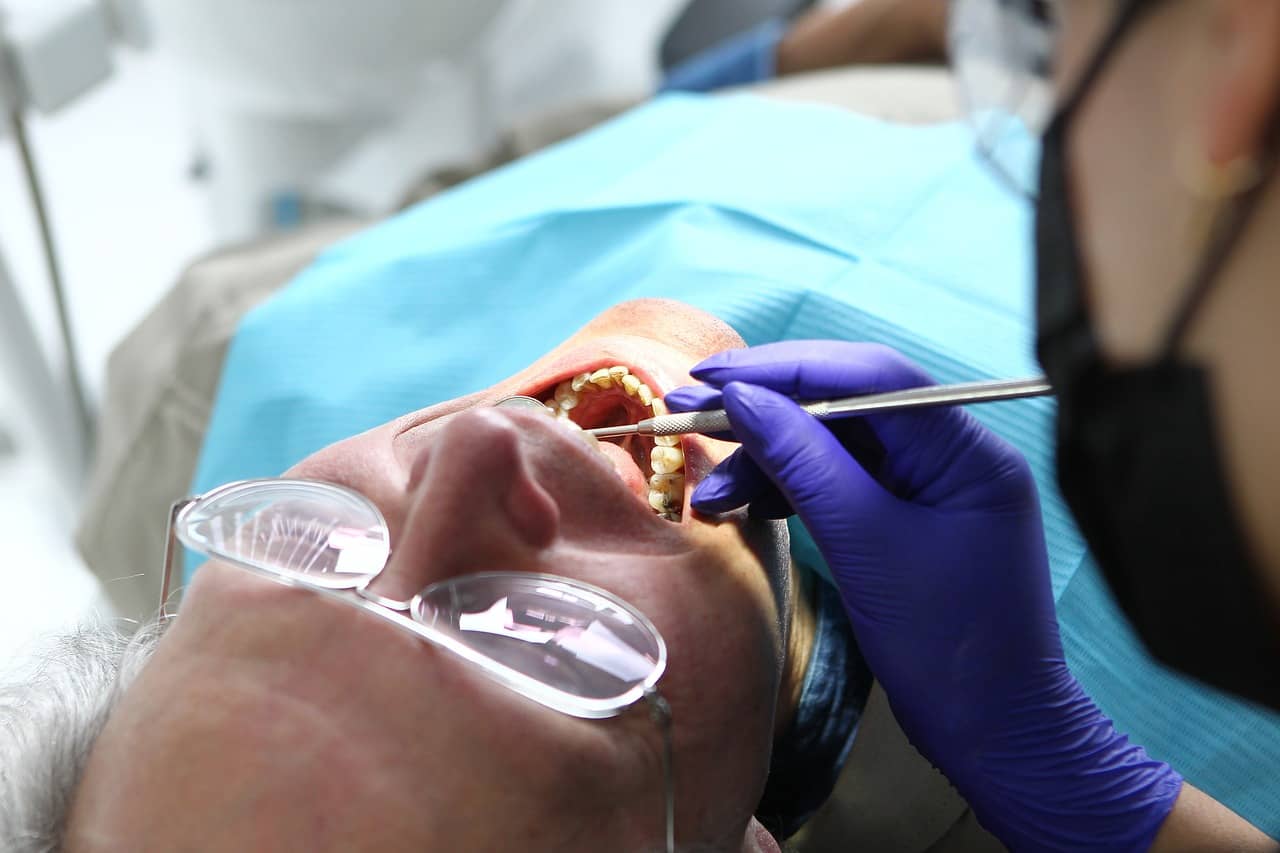Amputation injuries can have life-altering consequences, impacting a person’s physical abilities and overall quality of life. These injuries occur when a limb or a part of it is removed, either surgically or as a result of trauma. The causes of these personal injuries can vary greatly, but understanding the most common ways in which they occur can help raise awareness and promote preventive measures.
The Most Common Way to Lose a Limb: Traumatic Accidents
When it comes to amputation injuries, traumatic accidents are often the leading cause. These accidents can happen in various settings, such as at work, during recreational activities, or on the road. One example is a car accident, where severe injuries can occur due to the forceful impact of the collision. In some cases, limbs can become trapped or crushed within the wreckage, leading to the need for amputation.
Types of Amputations: Understanding the Three Main Categories
Amputations are classified into three main categories, depending on the level and extent of the limb loss. These categories are:
Partial Amputation
In a partial amputation, only a portion of the limb is removed. This could involve the loss of fingers or toes, a hand or foot, or a section of an arm or leg. Partial amputations often result from accidents involving machinery, power tools, or heavy objects.
Complete Amputation
A complete amputation occurs when the entire limb is severed. This can happen in situations where there is significant trauma or when a limb is crushed or severely damaged. For example, an industrial accident involving heavy machinery could lead to a complete amputation.
Reconstructive Amputation
Reconstructive amputations are usually performed as a medical intervention to improve a person’s quality of life. These types of amputations involve removing a limb or part of it due to an underlying medical condition, such as cancer or infection, that cannot be effectively treated in any other way. Reconstructive amputations are typically planned procedures, carried out by experienced surgeons.

Common Causes of Amputation Injuries: A Closer Look
Now, let’s delve into some of the common causes of amputation injuries, shedding light on the circumstances in which these life-changing events can occur.
Workplace Accidents
Workplace accidents can lead to severe injuries, including amputations. In industries involving heavy machinery, such as construction or manufacturing, workers face an increased risk of traumatic accidents. For instance, an employee’s limb could become caught in a conveyor belt, resulting in the need for immediate amputation.
Motor Vehicle Accidents
Motor vehicle accidents are another major cause of amputation injuries. Collisions involving cars, motorcycles, or even bicycles can result in severe trauma to the limbs, particularly if the vehicles involved are traveling at high speeds. In some cases, the force of impact can crush or sever a limb, necessitating emergency amputation.
Recreational Activities
Engaging in recreational activities can sometimes lead to unforeseen accidents, including those resulting in amputation injuries. Activities such as sports, adventure sports, or even simple hobbies like woodworking or cooking can pose risks if proper precautions are not taken. For example, a water skiing accident could result in a severe injury, leading to the loss of a limb.
Machinery and Equipment
Accidents involving machinery and equipment are a common cause of amputation injuries. Operating heavy machinery or power tools without proper training or safety precautions can lead to catastrophic consequences. It is essential to follow safety guidelines, wear protective gear, and receive appropriate training to minimize the risk of accidents.
Medical Conditions
Certain medical conditions, such as peripheral artery disease or diabetes, can increase the risk of amputation. These conditions affect blood flow and can lead to complications that require the removal of a limb. It is crucial for individuals with these conditions to manage their health effectively, including regular check-ups and adhering to medical advice.
How Much Compensation Can You Claim for Amputation Injuries?
Compensation amounts vary depending on the type of amputation, level of trauma, and how your life is affected. Below are guideline figures from the Judicial College Guidelines:
- Loss of both legs: £205,000 – £240,000+
- Above-knee amputation (one leg): £97,000 – £137,000
- Below-knee amputation: £89,000 – £130,000
- Loss of an arm: £90,000 – £120,000
- Amputation of fingers or toes: £8,000 – £50,000
Additional compensation can be awarded for financial losses and ongoing care costs.
People Also Ask
1. Can I claim compensation if I lost a limb at work?
Yes, if your employer was negligent or failed to provide a safe working environment.
2. What support is available after an amputation injury?
You may receive rehabilitation, prosthetics, counselling and financial compensation.
3. How long does an amputation claim take?
It can take several months to a few years depending on the complexity and severity.
4. Is there a time limit for claiming after an accident?
Yes, the standard time limit is three years from the date of injury or diagnosis.
Making a Personal Injury Claim
When an amputation injury occurs due to someone else’s negligence or fault, it may be possible to make a personal injury claim. Consulting with us at National Claims can help determine the viability of such a claim and navigate the claims process. Compensation through a successful claim can assist in covering medical expenses, rehabilitation costs, loss of income, and other damages.
Conclusion
Amputation injuries can have a profound impact on individuals and their families. By understanding the common causes of these injuries, we can raise awareness and promote safety measures to prevent such accidents.
Whether it’s through workplace safety protocols, responsible driving, or taking precautions during recreational activities, we can all contribute to reducing the occurrence of amputation injuries. Remember, safety should always be a priority to protect ourselves and those around us. In cases where negligence is involved, seeking legal guidance may be crucial to obtaining the compensation necessary for recovery and rebuilding lives.
Contact us today to start your personal injury claim.
Click below to see why we are one of the most trusted claims management companies in the UK.

We’re proud of our excellent customer reviews
We thrive on delivering exceptional service and ensuring our clients’ satisfaction. Don’t just take our word for it. Check out some of our independent reviews to see what our clients have to say.
Excellent

This firm is excellent, they sorted out my car pay out and injury claim very fast, they always communicate with you all the time.

My accident case was dealt with confidence and with great result of the outcome, especially James kept me informed all the time.

I was very impressed at the way my inquiry was treated. I was listened to attentively and everything I needed to know was explained to me.






